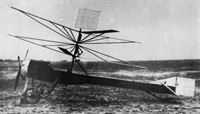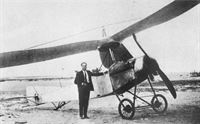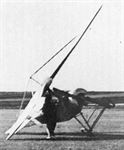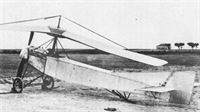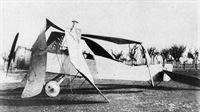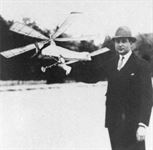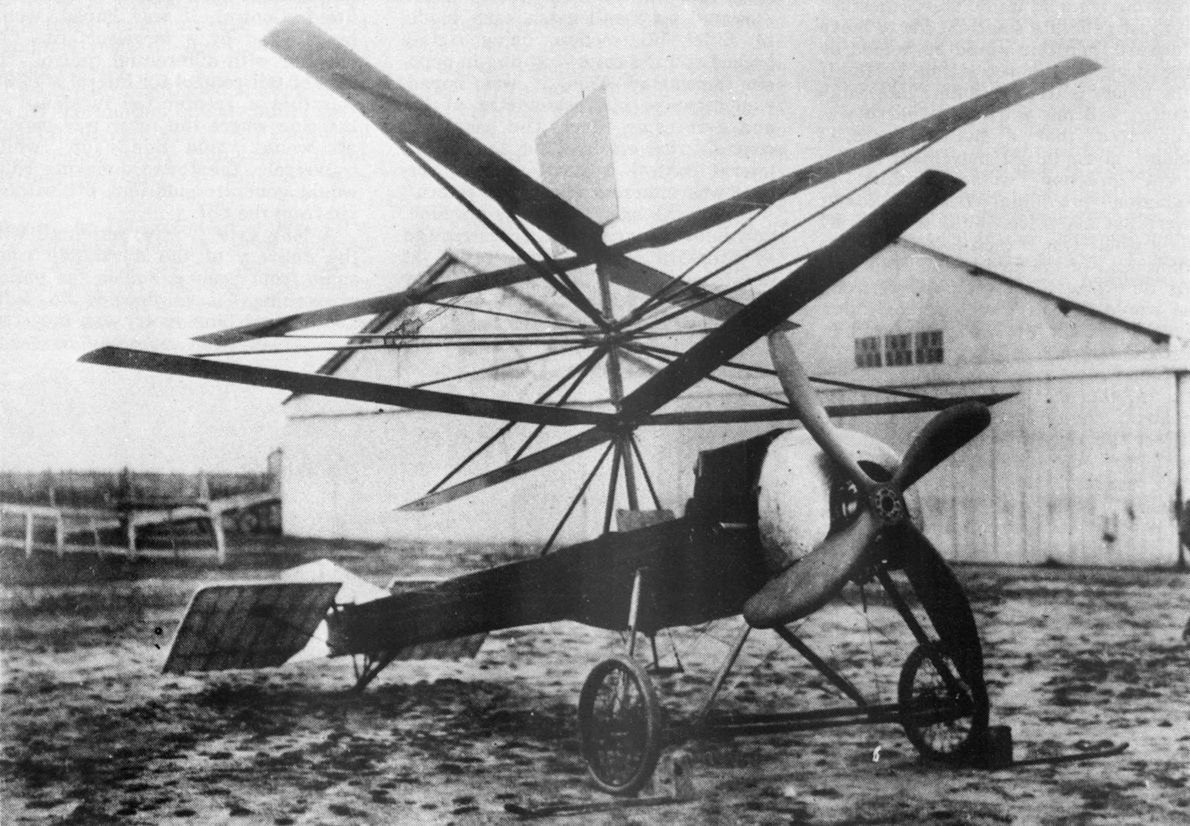
Cierva (автожиры X. Сиервы)
Испанский конструктор-новатор Хуан де ла Сиерва построил свой первый автожир Cierva С.1 в Мадриде в 1920 году на базе фюзеляжа моноплана Deperdussin, над которым были установлены два четырехлопастных несущих винта противоположного вращения и вертикальное оперение. На аппарат поставили моторы Rhone мощностью 60 л. с. (45 кВт), но он так и не полетел. На следующий год Сиерва попробовал создать новый проект, на этот раз аппарат С.2 с фюзеляжем биплана Hanriot и с трехлопастным несущим винтом. Автожир С.2 девять раз попадал в аварии и восстанавливался. Наконец Сиерва отказался от него и начал работу над аппаратом С.3. В начале 1922 года автожир С 3 был готов к взлету. Использование несущего винта с пятью жесткими лопастями улучшило поперечное управление, но С.3 имел склонность к заваливанию на борт. Его пришлось восстанавливать четырежды.
<...>
- Cierva (автожиры X. Сиервы)
Фотографии
-
Aeroplane Monthly 1979-04 / P.Capon - Cierva's first autogiros (1)
Cierva’s first autogiro, the C.1, with heavily-braced, contra-rotating rotors, at Getafe aerodrome, Madrid, in 1920/21.
-
Aeroplane Monthly 1979-04 / P.Capon - Cierva's first autogiros (1)
Another view of the C.1, which used a Deperdussin monoplane fuselage.
-
Flight 1925-11 / Flight
Autogyro No. 1, shown in Fig. 1, had two four-bladed windmills revolving in opposite directions and rigidly braced to the central pillar. Note the single vertical aileron above the windmills. It was found that the lower windmill was less efficient than the top one owing to interference.
-
Aeroplane Monthly 1979-04 / P.Capon - Cierva's first autogiros (1)
Cierva poses with the C.3, which was completed before the C.2, at Getafe in 1921.
-
Aeroplane Monthly 1979-04 / P.Capon - Cierva's first autogiros (1)
The C.3 at Getafe in 1921 after an attempted take-off when powered with a 50 h.p. Gnome. An 80 h.p. le Rhone was later installed.
-
Aeroplane Monthly 1979-04 / P.Capon - Cierva's first autogiros (1)
Seen intact, this autogiro featured warp control rods extending to the rotor blade trailing edges.
-
Flight 1925-11 / Flight
'Autogyro No. 2 (C.3 ???), shown in Fig. 2, had three blades the incidence of which was under the control of the pilot. It was found that the machine always tended to tilt over to the side on which the blades travelled contrary to the direction of flight.
-
Flight 1925-11 / Flight
Fig.3, shows Autogyro No.3 (C.2 ???), which had five blades rigidly braced by streamlined wire. Lateral control was by the differential action of the divided elevator but this was not effective enough and the machine tended, although to a smaller extent, to fall over sideways.
-
Aeroplane Monthly 1979-04 / P.Capon - Cierva's first autogiros (1)
The C.2, with its five-bladed rotor, rolled to the right during tests with the result depicted.
-
Aeroplane Monthly 1979-04 / P.Capon - Cierva's first autogiros (1)
Cierva holds a model of the C.2 made in Escuela Industrial, 1922.
- Фотографии

